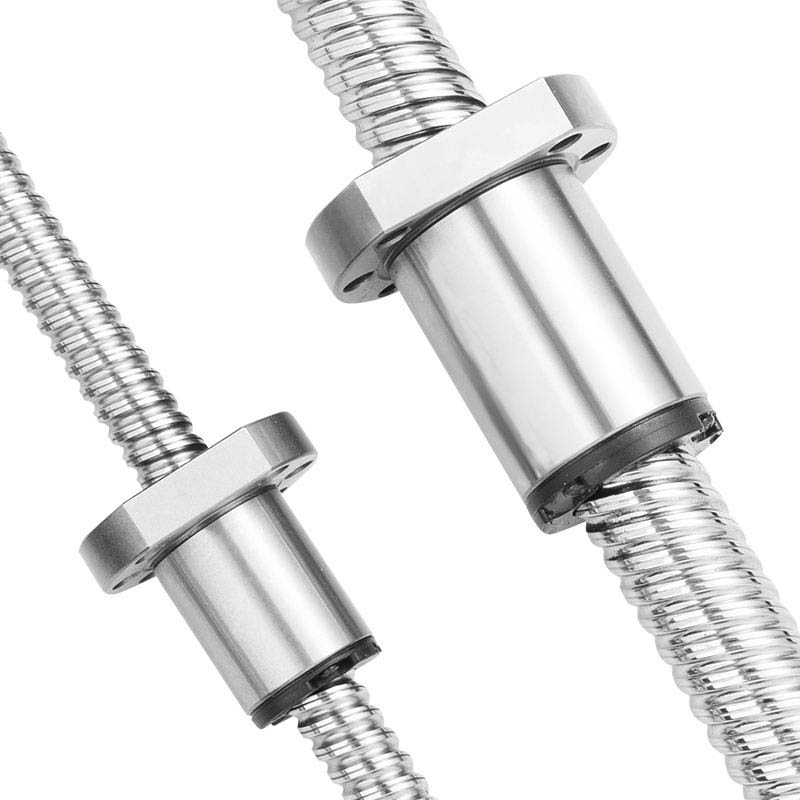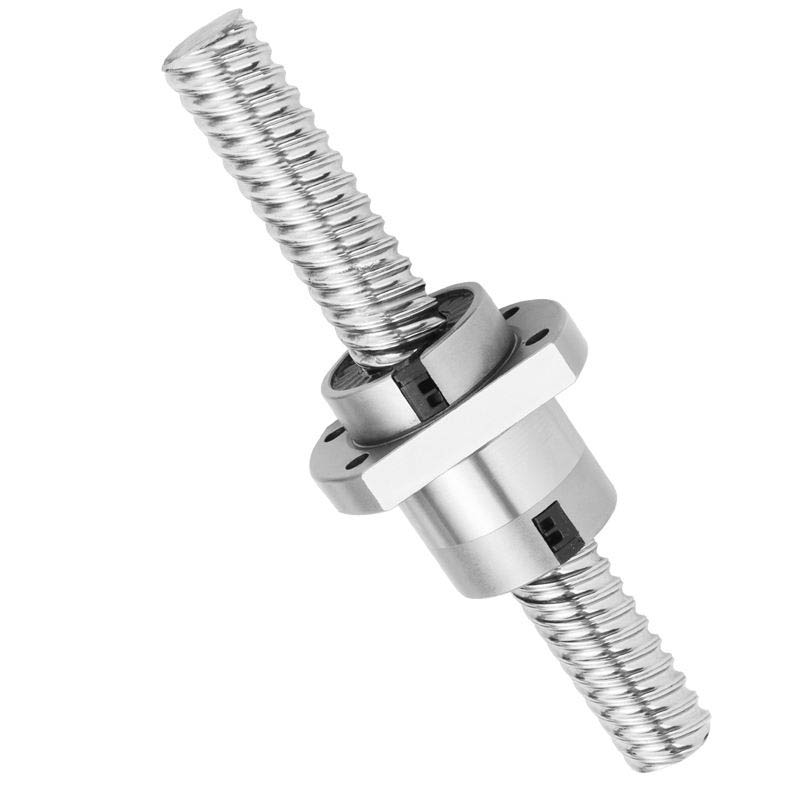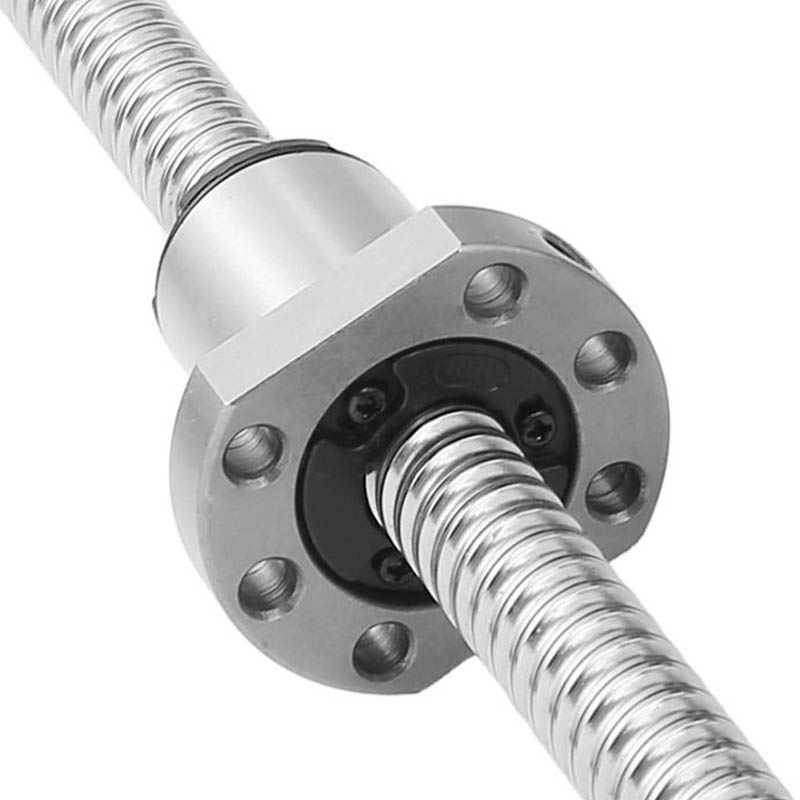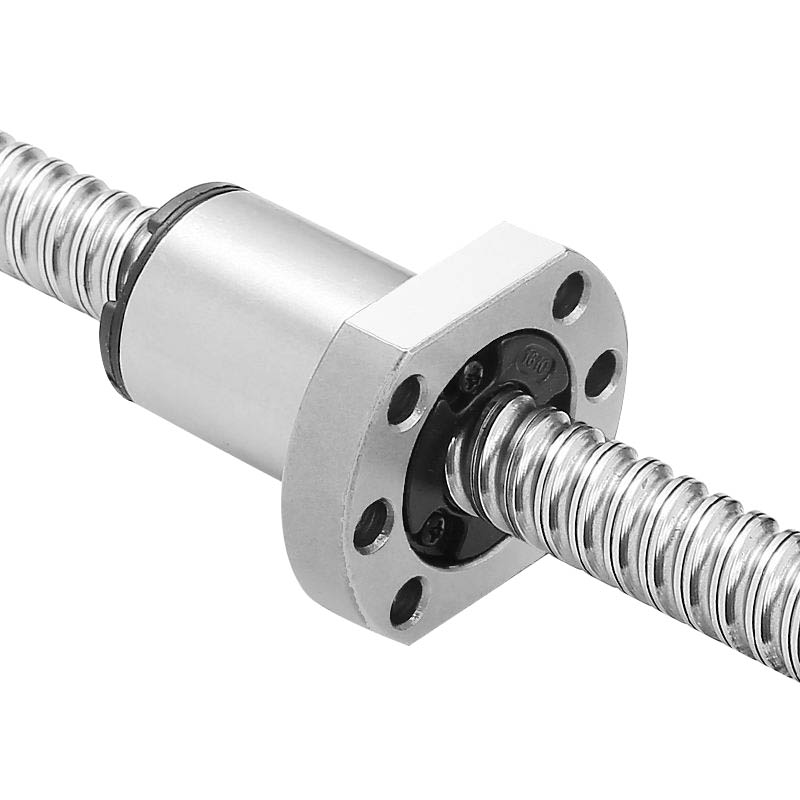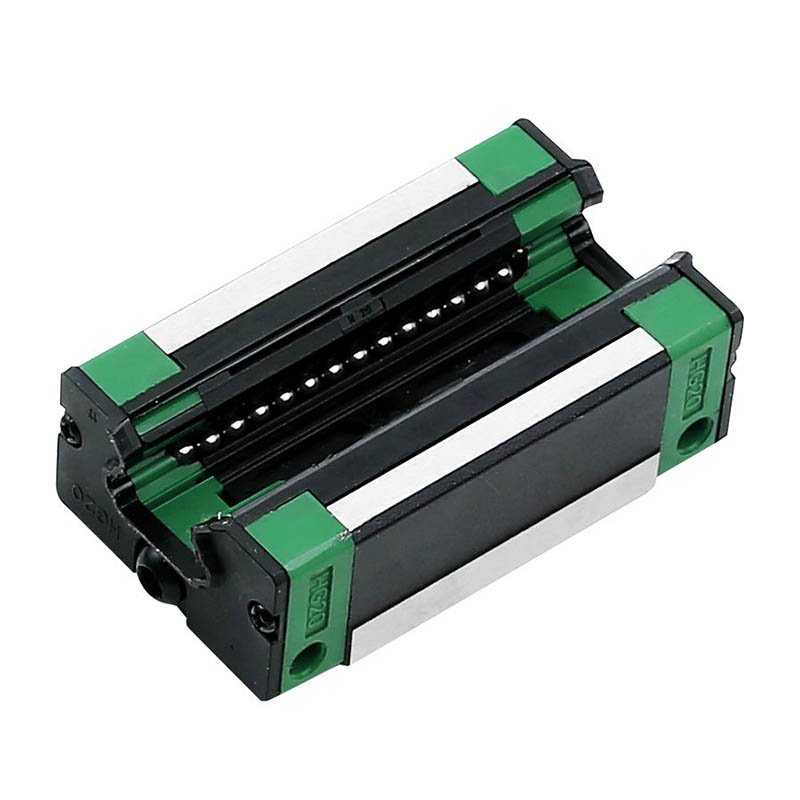In the realm of semi-automatic mechanical parts manufacturing, the incorporation of linear belt drive systems has revolutionized the way industries operate. These systems, which are designed to facilitate precise linear motion, have become a cornerstone of modern automation processes, enhancing efficiency and productivity across various sectors.
A linear belt drive system is composed of several key components, with the primary element being the belt itself. Typically made of materials such as rubber, polyurethane, or steel, these belts offer flexibility and durability. They are specially engineered to provide smooth and accurate linear motion by linking the driving pulley and the driven pulley.
One of the standout features of linear belt drives is their ability to convert rotary motion into linear motion. This conversion is pivotal in semi-automatic mechanical parts manufacturing, where controlled and precise movements are paramount. The system operates by wrapping the belt around both pulleys, with the driving pulley connected to a motor. As the motor rotates the driving pulley, the belt moves, causing the driven pulley to generate linear motion. This is ideal for applications like cutting, positioning, and transferring parts within the manufacturing process.
Semi-automatic mechanical parts manufacturers benefit from linear belt drives in several ways. First and foremost, they offer high repeatability, ensuring that the same linear motion is consistently achieved with minimal variance. This repeatability is critical in manufacturing, where precision is the key to producing high-quality components. Additionally, linear belt drives are capable of handling various loads and can accommodate different speed requirements, making them versatile solutions for different manufacturing needs.
Furthermore, linear belt drives are known for their relatively low maintenance requirements. They are designed to withstand heavy usage and can operate smoothly for extended periods, reducing downtime and maintenance costs. This robustness and longevity make them an attractive choice for semi-automatic mechanical parts manufacturers who rely on continuous and reliable operation.
The applications of linear belt drive systems in semi-automatic mechanical parts manufacturing are diverse. These systems are commonly used in CNC machines for precise cutting and shaping of materials. They also find utility in pick-and-place machines that assemble components with accuracy and speed. The automotive industry relies on linear belt drives for tasks such as welding and painting robots, where precision is critical for product quality.
In an era where automation is increasingly central to production processes, the role of linear belt drive systems cannot be overstated. Their contribution to semi-automatic mechanical parts manufacturing has allowed industries to achieve higher efficiency, greater precision, and improved product quality. Manufacturers who embrace this technology benefit from reduced production costs, increased production speeds, and a competitive edge in their respective markets.
As industries continue to evolve and demand ever-increasing levels of automation and precision, the importance of linear belt drive systems in semi-automatic mechanical parts manufacturing is set to grow. These systems will remain a driving force behind the advancement of automation and the production of high-quality components across a wide range of applications.








 English
English 中文简体
中文简体 русский
русский Español
Español
